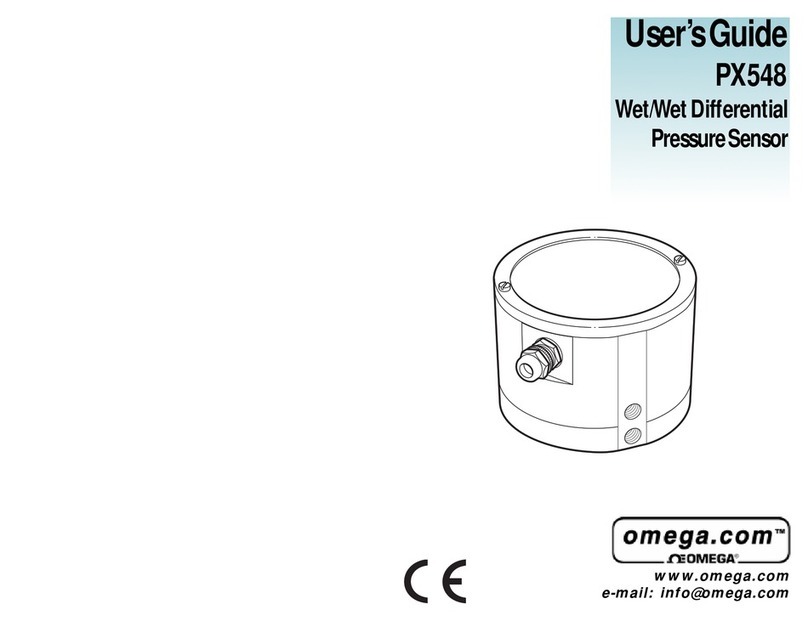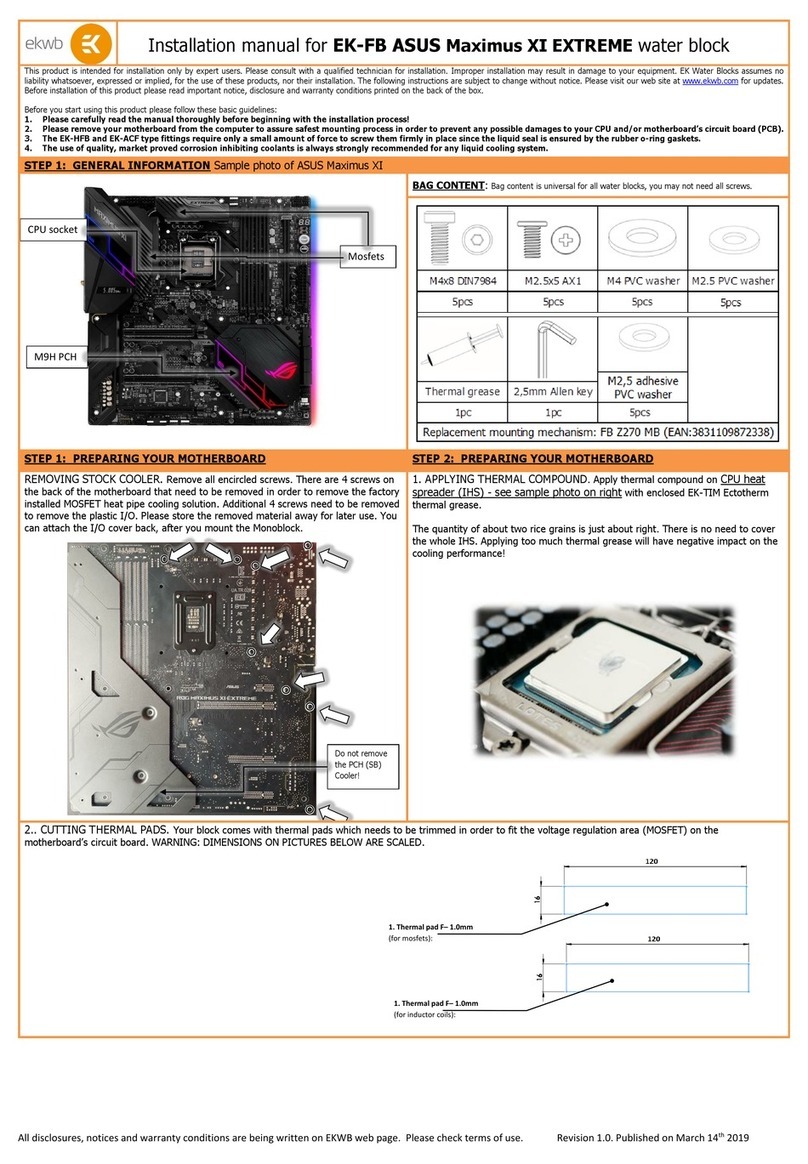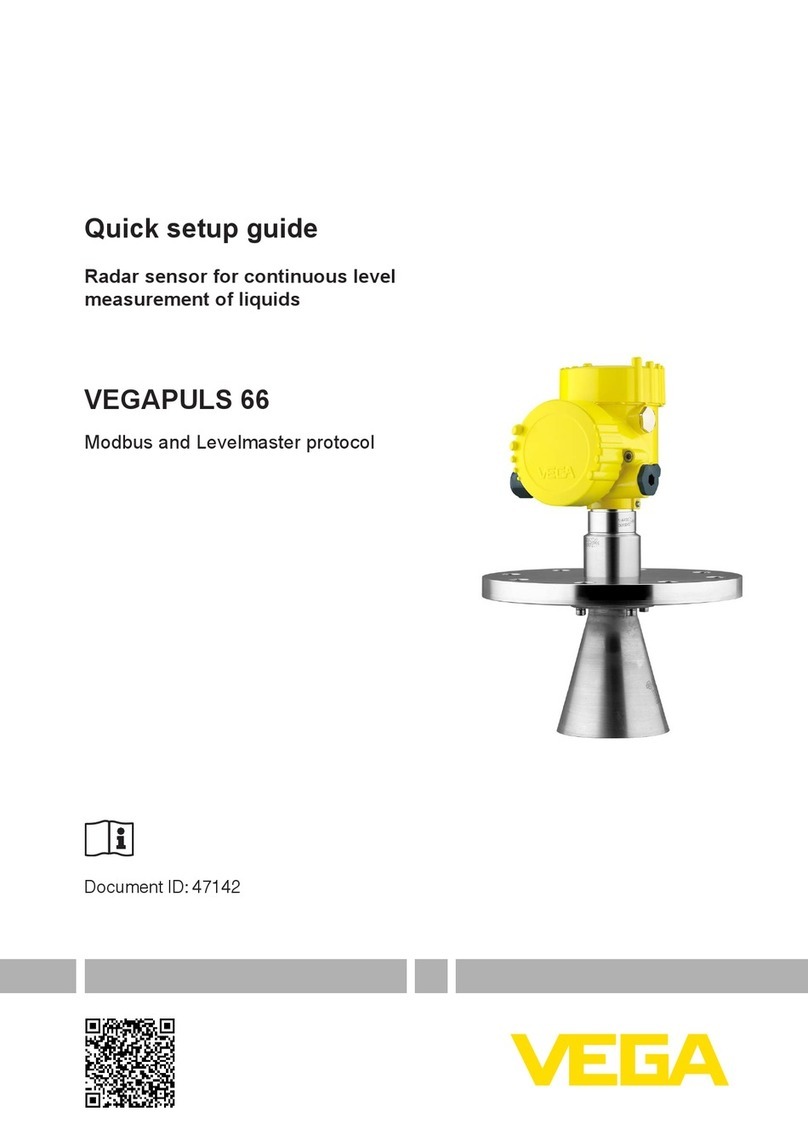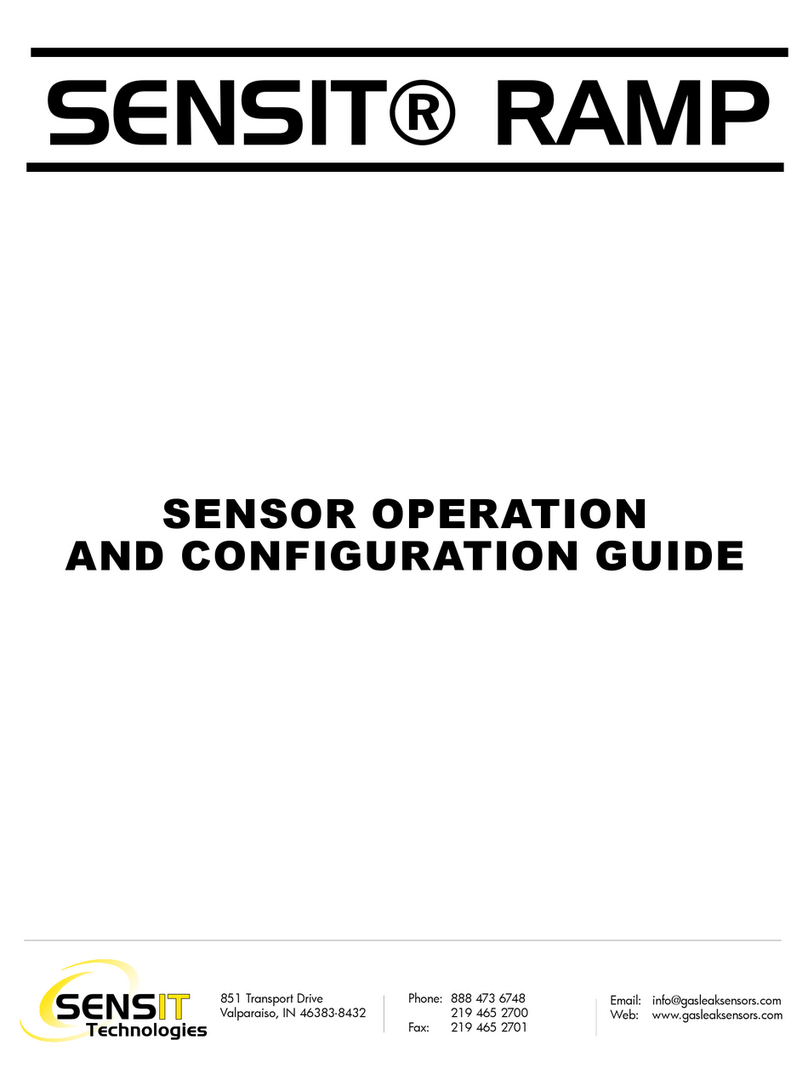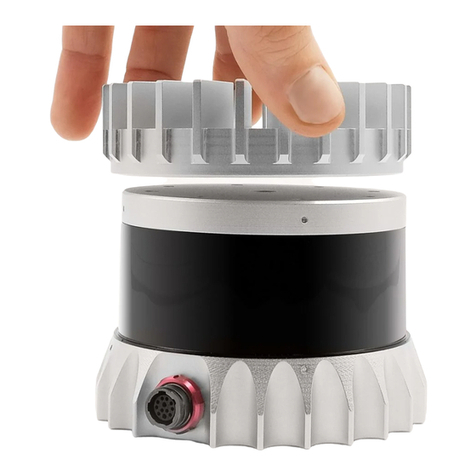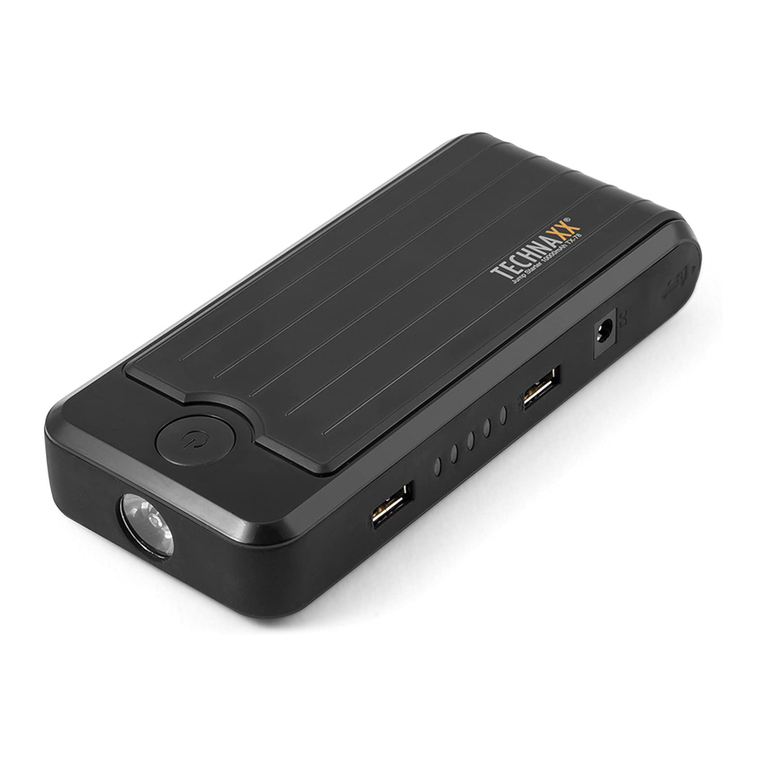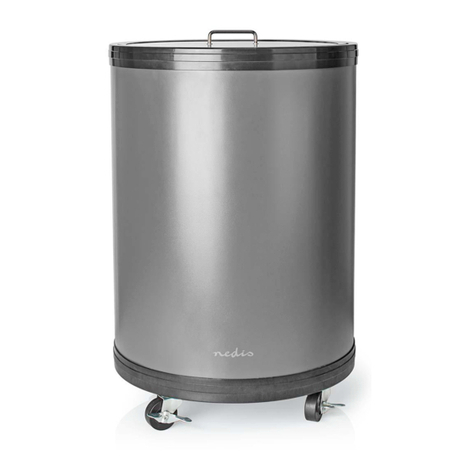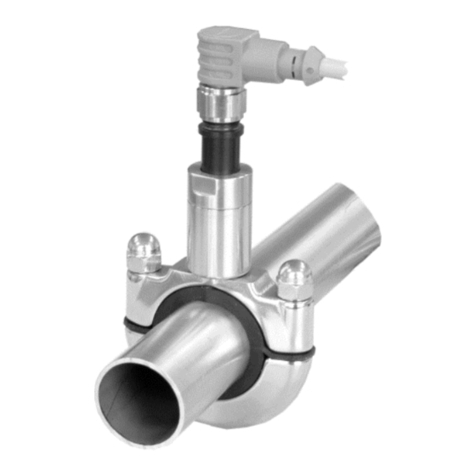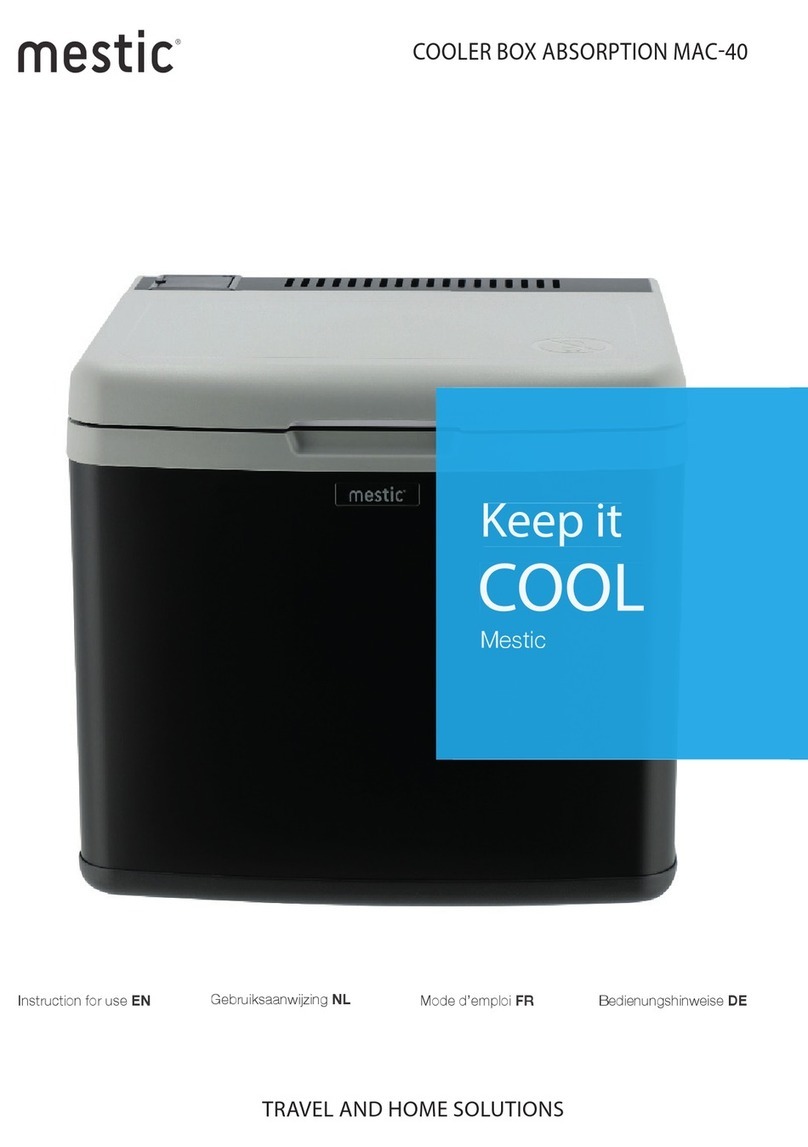Precision Aerodynamics Pl 3001 User manual


REVISIONS
THIS MANUAL TO
REVISION. YOU MUST VERIFY
THAT AU REVISIONS STAY WITH
THIS MANUAL. THIS MANUAL IS
ISSUED TO A SPECIFIC CANOPY,
AND WAS SHIPPED WITH
FOLLOWING REVISIONS
INCLUDED. THE
MANUAL
IF IT
DOES NOT CONTAIN ALL
REVISIONS.
SHIPPED WITH
REVISIONS:

Ram-Air
Owners Manual
Part Pl 3001
All material is Copyright 1988 by Precision Aerodynamics, Inc.. All rights
reserved. in whole in part without Permission is prohibited.
Address all inquiries to:
Precision Aerodynamics
Publications Desk
Highway 127 North. P. 0.
TN USA 37327
187 N TN 37327
.+ $2.50
VHS . $39.95 + $4.00
PM . . . . . . $39.95 +
Any two PAL tapes. + $7.00
Toorder:
1-800-222-3933
2

Quick Reference:
.
Please read this manual for the first time from front to back, beginning on
page 1. After doing this, please in and return the postage-free owner
registration
To find: Go to
The Parts of A (line drawing) 6
Glossary 7
New Owner’s Checklist 8
Selecting the Right Canopy
Reserve Canopy Installation and 13
Attaching the Canopy to the Risers 14
Reserve, Main Canopy Folding 17
Main Canopy Folding 25
Lines and Toggles 47
Care and Maintenance 48
How to Precision 50
U.S. Federal Rules (FAR Part 105) 5 3
TSO Standards 57
Trouble Report Form 60
this manual . .
Single words displayed in type will be found in the Glossary on
page 7 in the above “Quick Reference.”
A
This warning indicates items of extreme
throughout the manual. Bold is also used
for emphasis.
3

WARNING
Skydiving is a sport in the risk of or death is inherent. Nothing
reduce the risk to zero guarantee your safety. Your participation in the sport
is an admission that in spite of the training you have received, the of
proficiency you have achieved, the equipment you have bought borrowed,
and the abilities of all involved in your skydive, death could occur.
Your participation means you total for your own injuries or
death whether arising from personal error, equipment malfunction, the others
involved in your skydive manufacturer error.
NO GUARANTEE A
In spite of all that is done to that canopies will operate properly,
nothing and no one guarantee that and death will not occur as a
result of their use.
By jumping canopy you are accepting the risk that it may not operate
properly due to your error to a in design, raw materials, workmanship,
manufacturing process, error. By using this canopy, allowing it to
be by others, you waive any manufacturer liability for personal
other damages arising from such use. you are not to accept this risk,
you may return the canopy to your 30 days of
for a refund.
Precision canopies are with all faults and without any warranty for fitness
for any purpose. Manufacturer also any liabilty in tot-t for damages,
consequential, including personal injuries, resulting from a malfunction
from a in design, material, workmanship, or manufacturing technique
whether by negligence on the of the manufacturer otherwise.
P
RECISION
4

A
Unlike simple devices such as traditional round canopies, the
air parachute is a true flying and be operated safely without a
thorough understanding of the proper techniques.
Precision Aerodynamics makes no attempt to provide training either through
this manual in any other way. Your of this equipment does not
represent an assumption by the manufacturer that you are appropriately
qualified to operate it.
Before using this equipment you must complete a of
and read and understand all appropriate flight manuals and packing
instructions.
US E N COMPATIBLE
This Precision is not a complete parachute System. It is meant to be
used only in conjunction with approved Systems . Assembly
instructions (for connecting the canopy to the System) are
provided in this manual. methods (for folding the canopy, stowing the
lines and Container closure) will vary with Container Be certain to obtain
packing instructions from the Container manufacturer.

Non rib
edge
Load-bearing rib
Lower surface
edge
V
Stabilizer
6

.
Aft section-The of canopy
located between the D line groups
and the trailing edge.
Angle of attack-The
angle created by
the relative wind and the Mean
Chord line of the wing.
Approved-For the purpose of this
manual, refers to procedures or items
to manufacturer approval.
Ratio-Descri bes t he
relationship between the dimensions
of a canopy. lt is expressed as span
divided by A 12 inches
long and one wide has an
ratio of 12, as
Assembly-For the purpose of this
manual, refers to the attachment of
the canopy to the risers. The
procedure for attachment to the
is determined by
the manufacturer.
Chord-Refers to the distance from the
canopy edge to the canopy
trailing edge.
manufacturer of the
to be used has
tested and determined compatibility
with the specific model and size of
component in the System.
Weight-The weight of the
including all equipment. The
jump” weight.
FAA Rigger-A person
identified and certificated by the FAA
for of reserve or emergency
To pack a reserve or
emergency a person must
additionally meet all
qualifications outlined by
manufacturer of the equipment
involved (see page 13).
Ratio-The
generated by a divided
by the drag
expressed as a ratio. Nominally
to glide ratio. Anything
increases (or decreases)
the ratio of to drag increases
(or decreases) the theoretical
glide angle.
Packing-For the purpose of this
manual, refers to stowing the
folded canopy in the
Container and closing the
Container.
are provided by the
Container manufacturer.
Porosity-ls an index to the
resistance of a material to
Penetration by (air). Low
indicates a great
resistance to air migrating from
one side of the material to the
other. High porosity indicates a
material allows air to pass
through.
Span-Refers to the distance
between the canopy right side
and canopy side.
Loading-ls expressed as
the amount of weight supported
by a given Segment of the
surface area. Example: a
canopy with 200 feet of
surface supporting an exit
weight of 175 yields a
wing loading of pounds per
foot
7

AM AWARE that if this
canopy is approved for use as a
Checklist reserve, federal law requires it to be
,
inspected and installed (and repacked
at the appropriate intervals) by a
qualified
parachute
0Federal law also requires the
Before assembling this canopy be according to
canopy to a System, the instructions provided by both
following Checklist: Precision and the manufacturer of the
System. have
read and understand the Federal
Aviation Regulations (FAR) Part
(see page 53.)
0UNDERSTAND this canopy
is not a skydiving but
rather a of a total System. It must
be installed in a
Container in accordance with
instructions provided by the
manufacturer of that and by
Precision Aerodynamics.
0UNDERSTAND this canopy
is designed to be used as a
main canopy unless it has been
for use as a reserve. lt may be
used as one the other (if FAA
approved for use as a reserve) but it
is not to be used for a reserve if it has
been intentionally jumped as a main
canopy. One familiarization jump is
allowable to for reserve
use.
0
AM QUALIFIED
and
practiced in the Operation of a
ram-air parachute canopy. have read
and understand the in this
manual on “Canopy Size
IO), and have determined the
best canopy size for my weight.
understand my exit weight will
canopy behavior and Performance,
especially and landing
Performance.
PRECISION
8
s Manual

0
HAVE INSPECTED
shipping Container and contents
0
UNDERSTAND
the
necessity to explore the flight
for materials and for
darnage have occurred
shipping. All components are
included and are undamaged.
behavior of any new canopy by
operating it initially the safest
possible conditions. know all
be incorrectly installed
(and therefore operate
incorrectly). know need to leave
extra margin in selecting a flight path
when judging the and
behavior of a new canopy.
0
AM FAMILIAR
with
instructions for storage,
maintenance and repair
beginning on page 48.
0HAVE CHECKED
compatibility of my
Container with this canopy,
and the includes all
necessary components not included
with the canopy.
0
HAVE READ
and
understand the .
Instructions” on page 17 or 25 (for
main canopies) and have provided
my with the appropriate reserve
instructions (pages 13-24) if
this canopy is to be as a
reserve.
9

Selecting the
Right Canopy .
Weight and See
This provides information on
canopy and the ways in
which Performance varies with exit
weight. Use this information to select
the proper canopy for your weight
to ascertain how the
and
flight behavior of
your canopy will vary depending upon
where your weight falls along the
acceptable range. Although some
weights may fall within the
acceptable range for more than one
canopy size, Precision recommends
you the canopy for which
your listed weight is not at one
extreme or the other of allowable
Low AR
High AR
weig hts.
Choice One:
Canopy?
Your first decision in selecting a
canopy will be choosing an Aspect
Ratio (AR). A AR (it means a
wider side-to-side, or span compared
to the front-to-back or
measurement) less drag for
a given amount of which results in
a more design.
AR canopies (Precision’s
for example) exhibit
significantly in one
area: a improved
Lift-to-Drag ratio
the
drag for a given lift
requirement is even less.
For equal canopy areas, these
canopies provide more “glideability”
than their smaller, more “Square”
counterparts. This is
gained at the expense of some of the
more familiar characteristics of
traditional canopies. The
Performance may demand more from
the Operator: more judgment; more
planning; more landing area. The
high-AR canopies deliver more
forgiveness in selecting an exit
but in return require more accuracy
final and a longer
area for the landing flare. If “nailing”
the target is your bag, or for tighter
landing spots such as those
encountered in most demonstration
jumping, you may not prefer a canopy
with a super-high Aspect Ratio.
P
RECISION
10

at high (too weight) and
Remember: Aspect Ratios low (too weight)?
yield more efficiency in the and
require more area for the final
.
As a selecting a canopy
and landing than their
counterpar-ts with lower Aspect
size, you should consider the same
factors. There is a theoretical “ideal”
weight for canopy. But the
number of canopy sizes it’s feasible to
build is limited, you may not actually
Choice Two: Which be able to choose a canopy for which
Size? your weight is ideal. Precision
recommends you choose a canopy
which the most margin on
either side of your weight. In other
words, it’s best not to choose a
After canopy type another choice
canopy for which your weight is at the
exists: Which canopy size?
extreme of allowable weights.
In determining the weight range
turn the page for more
specification of a canopy, the
Information. . .
manufacturer considers many factors:
What weight will the canopy stand
structurally? Where do you draw the
line as flig ht Performance deteriorates
1. Find your
weight on
horizontal axis
Draw a
upward.
2. Find the
points where
your
line intercepts
the line for
canopy.
Extend a line
from
point to the
wing loading
on the
left. in this
example. the
exit weight is
189 pounds,
and the jumpe:
choose
from the
C at Ibs pe
sq ft wing
loading, the
Model D at
the Model E
------- c
5
Too high
Too low
Wlng Loadlng Graph
. . ---
at psf. aoove
outside the acceptable range for these canopies. Remember too
that reserves are approved by FAA category for use
at up to 254 pounds only.
11

Here are some of the of weighf
on canopy
Weights
(nearthe
maximum allowed)
FLYING SPEED INCREASES
The glide angle of a canopy remains
fairly constant as weight is added to
the System. However, as weight
increases so does the at which
the canopy travels in to
enough lift to equal that weight.
SINK RATE INCREASES
the glide angle is nearly
constant, and forward is
increasing, downward also
increases. The increased sink rate will
result in the need for more
flare timing and the increased weight
also prolongs deceleration the
flare. You may need to flare sooner
and more aggresively if you are at the
high end of allowable weight.
don’t flare too high!
STALL SPEED INCREASES
Stall is related to
(amount of weight supported by
foot of canopy) more than any
other As weight increases, so
does the at which the canopy
flying smoothly. This means
landing and
perhaps a tendency, while familiarizing
yourself, to flare too late.
N
G
0
A
RECOMMENDED
D
roo
.
L
M
T
N
G
-57
S
Weights
(nearthe
allowed)
FLYING SPEED REDUCED
Again at the same glide angle, the
lower weight less forward
. .
SINK RATE REDUCED
. .
less downward than
weights in the middle of the range.
STALL SPEED REDUCED
Stall are less at the lower wing
loading, and deceleration in the flare
requires less energy. The tendency
with light wing loading might be to

flare too high or too soon on your first
several flights. The canopy may not fly
fast enough to provide for
flare unless you increase For
safety’s a canopy should be
allowed to glide naturally at the best
Exit weight is a consideration when
trimming (setting the angle of) a
canopy, and weight Variation will
the trim. Canopies are trimmed
to shipping by the manufacturer.
Angle
of attack
of the canopy in flight
is determined by the factory trim
setting. Do not attempt to the
factory trim setting.
It is important to select a canopy
which you well within the
of the weight Above or
below the of the range, a
canopy may not glide at the “ideal”
due to a less-than-ideal angle
of attack.
Remember: For the most efficiency,
the most “forgiveness” and the
greatest satisfaction, the
canopy best suited for your exit
weight.
Remember: “Exit weight” includes
your weight plus the weight of any
equipment or instruments
you wear while jumping. Calculate
your exit weight.
Reserve Canopy
Installation and
Instructions for of reserve
canopies will vary with
Container design. Refer these
instructions for and folding
(pages then consult the
manufacturer’s
instructions for the canopy in
the bag and closing the Container.
Main Vs. Reserve A
A canopy which has been intentionally
jumped
as a main canopy (beyond
one familiarization jump to
reserve should not be
or used as a reserve- You
may, however, use a canopy which
has been previously as a
reserve as a canopy. After you
jump the canopy as a
main, do not return it to Service as a
reserve.
Experience and
Currency Requirements
for Reserve
The FAA Master or Senior who
a Precision canopy into a
reserve or emergency Container must
have logged a of 10
ram-air pack jobs, with at
least one being of the same
Container combination and within the
preceding 120 days. Failure to
observe this requirement is a Violation
of Federal Aviation Regulations Part
65.129.

Attaching the
Canopy to the
Risers
Canopy attachment fvr modets.
tine numbers in
1. Lay out the canopy on its left side,
the slider spanwise with its tape down
and lay out the Container with the
harness up.
2. Thread one slider bumper over
main riser and down a few
inches. for reserves, if desired.)
3. the slider on the risers
spanwise, with its tape the
canopy.
3. Locate the edge and A line
attachment. line
OA)
to the
outboard side of its link and attach the
link to the right front riser, tight.
4. Pick up at the canopy attach
and follow it down to the
outboard side of its link and attach the
link to the front riser, tight.
5. Turn the Container over, harness
down, and the rear risers to
receive their links. This
simplifies CD link attachment.
6. Rotate the edge the
rest of the canopy. Split the aft
along with its associated control line
groups to make the CD links easily
accessible for routing and installation.
7. Locate the data at the
upper surface trailing edge.
From this reference follow
the trailing edge to the left stabilizer
and pick line 1 D.
14
Manual
Line Attachment Nomenclature
by in canopy)
123 456 78
7
1
23 45
678
9
10
lines
lines
Lower

8. Route this to the outboard side
of its link and attach the link to the
rear riser, tight.
.
9. Again from the reference,
follow the trailing edge to the right
stabilizer and pick up line OD).
10. Route this line to the outboard
of its link and attach the link to
the right rear riser, tight.
11. Return to the reference
of the trailing edge. and
pick up the left side upper control
lines consecutively. Verify their
continuity to the junction with the
lower control line.
12. Removing twists as you go, follow
the lower control line to its running
end. Route it through the appropriate
slider grommet, and the guide ring.
13. Remove the toggle from the riser
and route the running end of the
lower control line through the toggle
attachment loop.
14. the toggle up to the mark on
the control Secure it with an
overhand knot tied to the
toggle.
15. The control line attachment for the
right side is done in a similar
16. When the control installation is
you may wish to compare
the two toggle
tension to ensure their
17. This is an appropriate time to
continuity of the control line
System. Begin at the trailing edge on
side, verifying that all twists have
been removed from the upper and
lower control lines. Also make sure
that the lower control lines have been
properly routed through their
appropriate slider grommets and
guide rings, and that toggles have
been properly secured equidistant
from the trailing edge.
18. Separate the and
control line groups to their
sides and the reference
at the trailing edge.
19. Following the trailing edge control
sutface outboard will lead you to the
stabiliter’s seam and the
attachment of 1 D.
20. Holding D lines 1, 2, 3 and
in your right hand and D
lines and in your
hand, verify the continuity of the C
and D lines through the cascades to
their rear risers.
21. Gather in the control lines and flip
the canopy over so the edge
up. Verify this orientation by
locating the attachment of A
lines 1 and
22. In the same you flipped
the canopy, rotate the Container
harness-up.
23. Pick up the front riser groups,
follow them to the canopy, and
separate.
24. Pick up A lines 8, and
you have continuous
lines, follow the bottom
seam down and pick up
Verify continuity of the A and B lines,
through the cascades, to the right
front riser.

25. Pick up A lines and
5). you have continuous
lines, the bottom seam down
and pick up line Verify
continuity of the A and lines,
through the cascades to the front
riser. The continuity check is now
26. Tightening the connector links
properly is critical to safety. Thread
the barrel up snugly against the barrel
stop. Use a wrench to secure
the links.
DO NOT OVERTIGHTEN ! A
Overtightening the connector links
be dangerous it could
the threads or the barrel.
This is an appropriate time to inspect
the links for any darnage possibly
inflicted tightening. Inspect
It is assumed throughout these
instructions that you are assembling
to “Standard” risers, which will result in
a distance of 4 inches from the inside
of the control line guide ring to the top
of the riser.
16
link thoroughly for any signs of
darnage which could deteriorate
integrity.
27. Move the slider from the risers,
the tightened links onto the
suspension lines.
28 for 9
was also skipped.)
28. Move the slider bumpers up and
them at the links in the
shown in the illustration. An
length of MW finish lacing tape
is included with your new canopy to
secure the bumpers as shown.
This completes the assembly
process.

Reserve Main Canopy Folding
Reserve canopy folding is accomplished by packing (also known as
side packing) Reserve or main canopy folding be accomplished by
packing” in the following The instructions for “pro packing”,
is approved for the main canopy only (pro packing is not approved for
reserves) begin on page 25. The Checklist below applies to either method.
Prepacking Checklist
Bridle Attachment Point (main only)
0
Slider Stops
Links
Slider Bumpers (main only)
Slider
Lines
Control Loops
Tools Three shot bags.
1To prepare for packing,
harness down, the slider
at the links, with the lines and the
canopy on its side.
Manual 17

the edge
not to twist the A lines.
the A iines the B
keeps the canopy centered on
the Container.
18

the lines and the D
lines onto the
distribute
amounts of canopy to
side of the groups.
Manual
19
Table of contents




